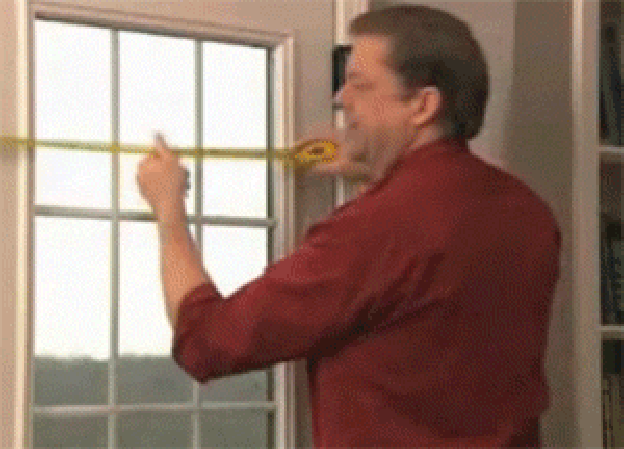Performance Improvement: How to Set the Right Emergency Response Goals
An unfortunate reality of emergency response is that your response time will never be “fast enough.” No matter how fast your crew is, to those in the middle of an emergency, you can always be faster. But this reality doesn’t have to limit you. It gives you the opportunity to pursue continuous improvement, and set your goals accordingly. Instead of being limited, you can focus on communicating a clear narrative of improvement through your progress toward your goals.
Smarter Goals
It all starts with good goals, and if you want to be smart about goals, apply the SMART method:
S: Specific
M: Measurable
A: Attainable
R: Relevant
T: Timely
Here’s an example of a bad goal: We will improve our response time.”
For a goal to be useful, it should be specific and measurable so that you can effectively communicate progress and outcomes. Rather than this vague goal of “improving our response time,” you should focus on a measurement that defines success for your organization, like “improving our response time by 30 seconds.”
Here’s a better goal: “We will improve our response time by 30 seconds.”
Attainable, relevant, and timely goals are rooted in what you are already doing. Start with understanding where your performance is today. If your response time is currently over 8 minutes and you want it to be 6, setting a 6-minute response time goal for next month is going to be rough. It could require extreme changes to your crew, strategy, and potentially your facilities.
Shaving two minutes off your response time may be attainable in a year or even 6 months; it’s okay to plan and communicate longer term. Using attainable and relevant goals in tandem with a longterm plan gives context to the ongoing work your team is doing, and allows you to celebrate improvement and acknowledge work to be done, at the same time.
Here’s the best goal: “We will improve our response time by 30 seconds by the end of next month.”

Goal setting is hard…
There’s always pressure to set a high goal, but it’s always best practice to set goals according to your organization. Having a goal that isn’t attainable means you’re more likely to give up, lose personnel, or even hurt someone. Start your goal-setting process rooted in reality. Look at where you are today in your department with your setup, your resources, and your geography.
That said, setting goals too low can make your department look and feel good, but digging deeper can feel like a bait & switch. It doesn’t lead to improvements, and feelings of complacency may wash over the crew.
Good goal setting is somewhere in the middle. It’s looking at your current performance and assessing what the next step would be in improving your team’s performance. You might make a goal that is too easy or too difficult the first time around and that’s ok — that’s why tracking progress is so important. You can use that feedback to adjust your goal setting to be more SMART next month.
If you’re beginning your goal setting journey, take time to set simple goals and celebrate small victories. Your team won’t cut response times in half overnight, but shaving off an average of 30, or even 15 seconds after a month of work is still worth celebrating.
This is the bedrock of continuous improvement: applying strategy and tactics toward impactful-but-attainable goals, and measuring your progress against the big milestones. Small mile markers on each goal will keep your team motivated and on track so you don’t lose out on morale or encourage unsafe practices.
Been setting SMART goals for a while?
It might be time to set some stretch goals. Or, instead of new goals, aim for sustaining goals. Keep tracking each month. Try to get a streak going and then celebrate! “We will maintain a response time of 6 minutes on 90% of calls for three months in a row.” Residents appreciate performance, and they really appreciate consistent performance.
Make your goals known to your crew and your stakeholders to provide accountability. Performance conversations can be difficult, but transparency and engagement can go a long way. What are your residents and governing bodies expecting from you? Can you do it? If not, setting goals and discussing why they’re “SMART” will help you explain what you need in order to hit higher goals.
Maybe you need that new station in the north part of town. If you’ve done all the optimizing possible and the response times aren’t low enough, you can advocate for what you need because you’ve already done the work. If re ready to set some goals but you need some help along the way, we’re here.
We’ve been helping fire departments across the country track their goals consistently and have even helped many come back and adjust them. Our partners are pretty SMART and we love helping them reach their goals.

Learn more about Emergency Response best practices.
Share this
You May Also Like
These Related Stories
A Quick Guide to the (New) 10 Essential Public Health Services

City Performance: How to Get Your City Ready for Data Transformation


No Comments Yet
Let us know what you think